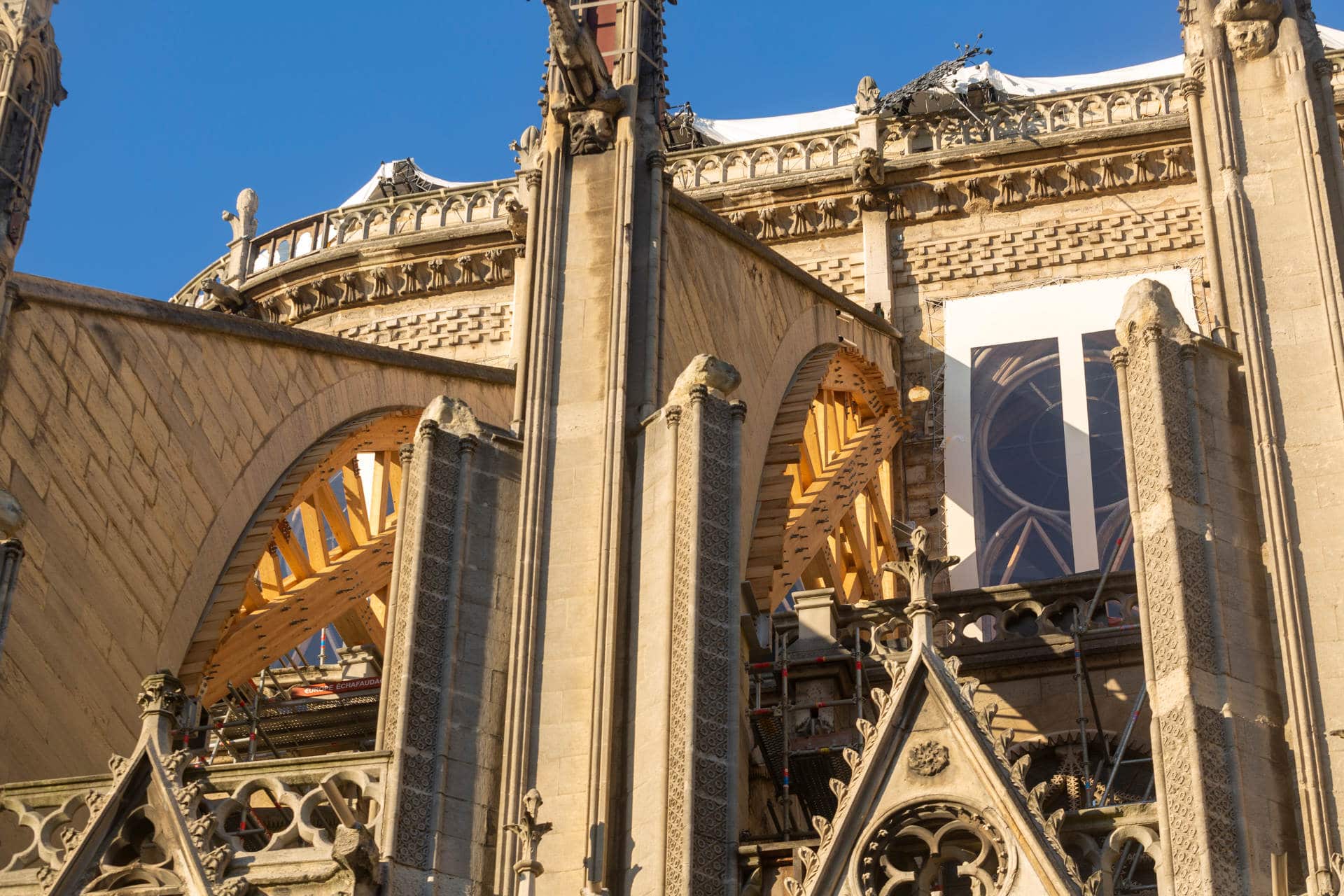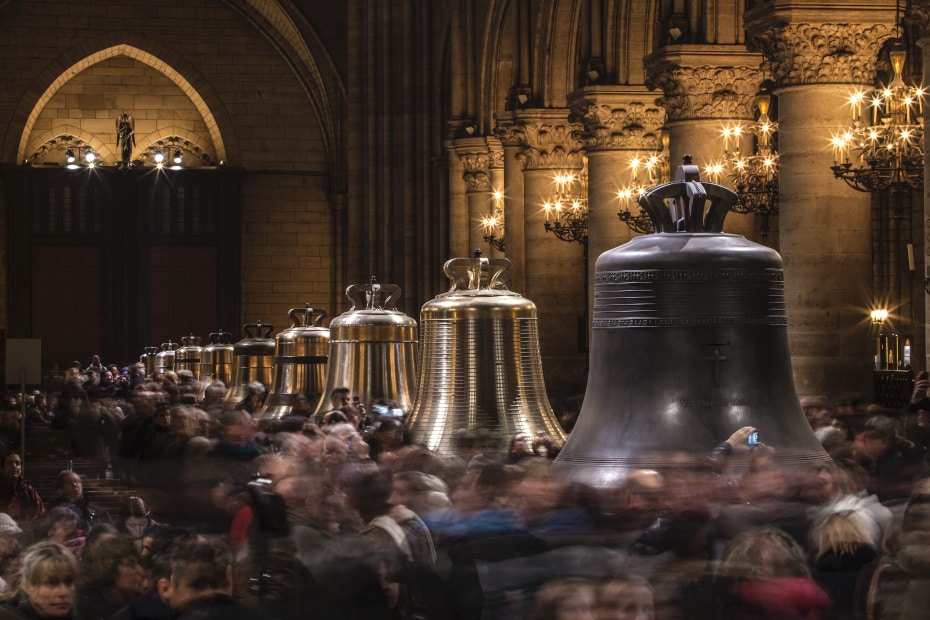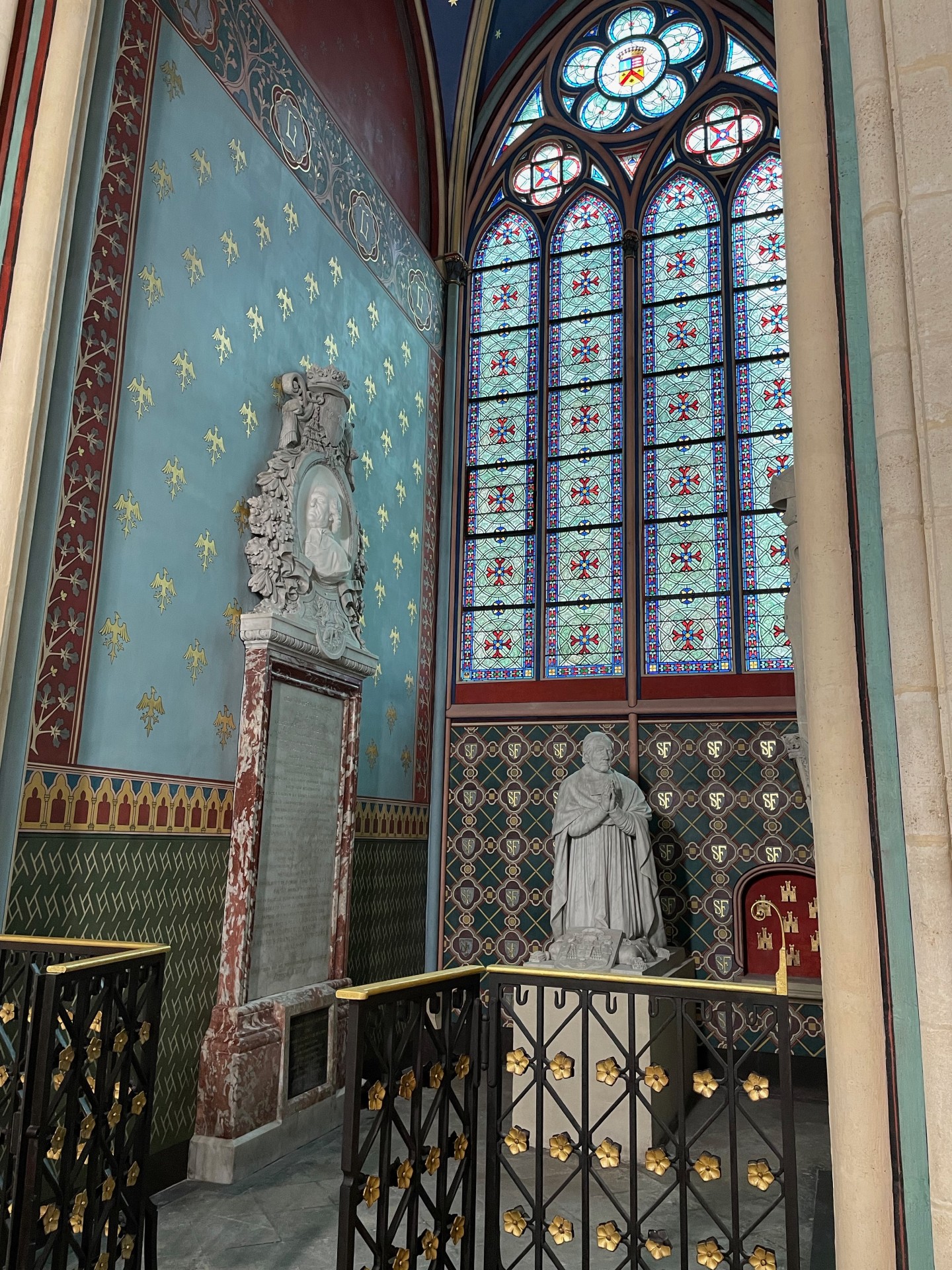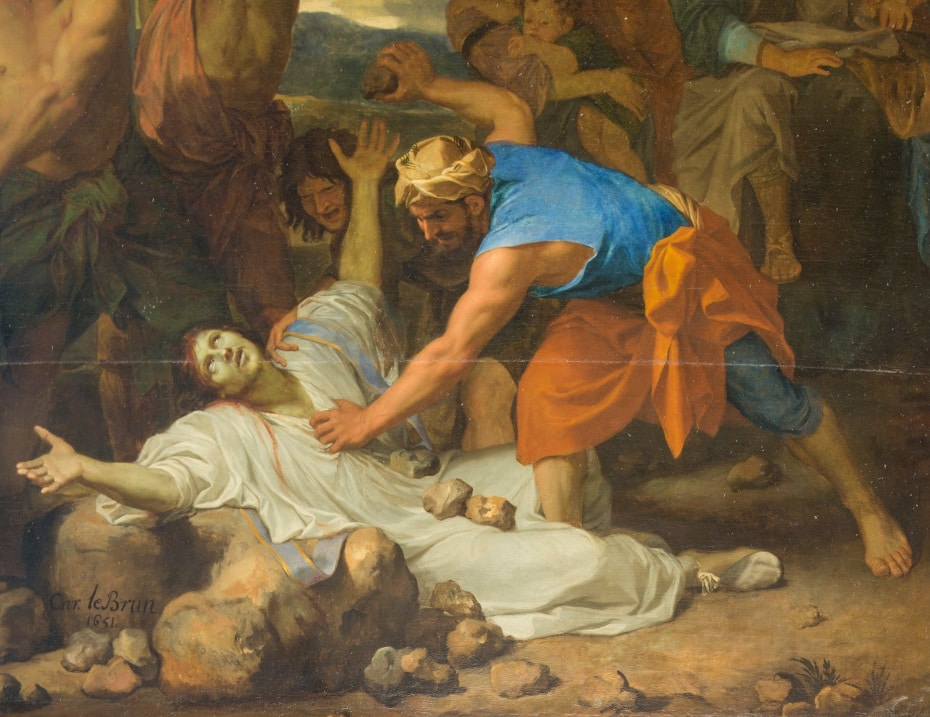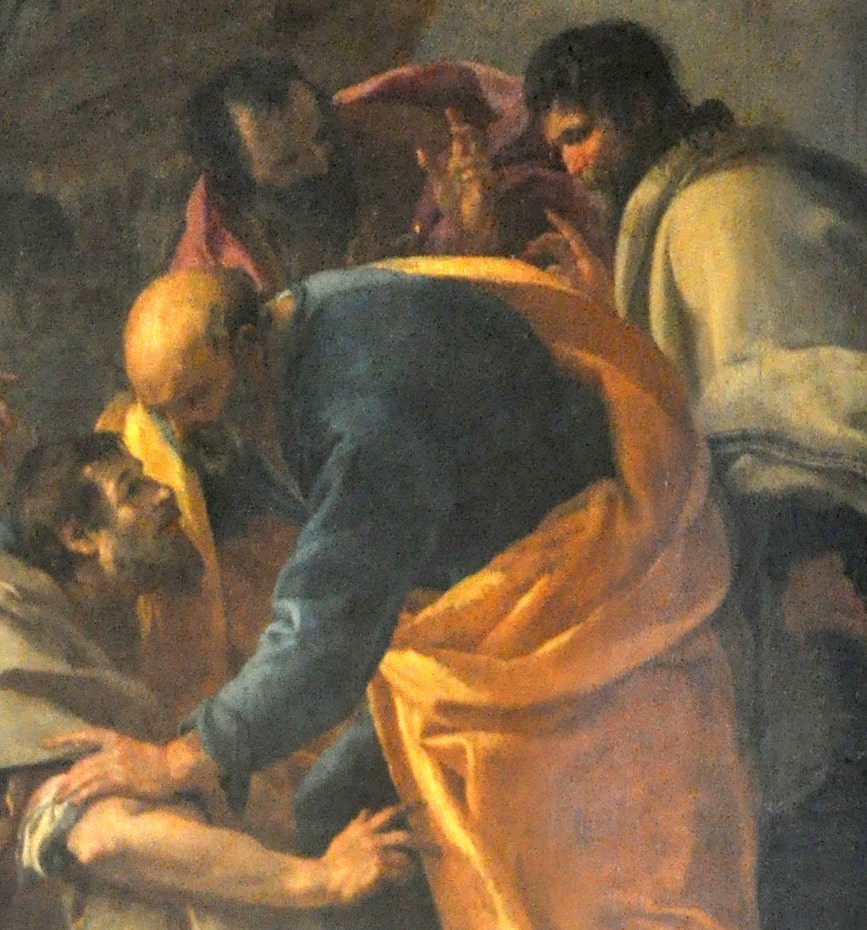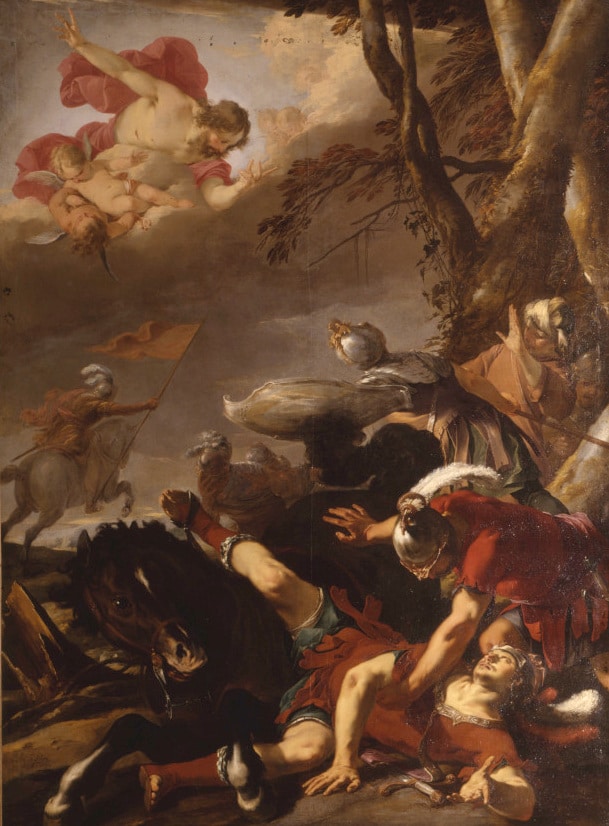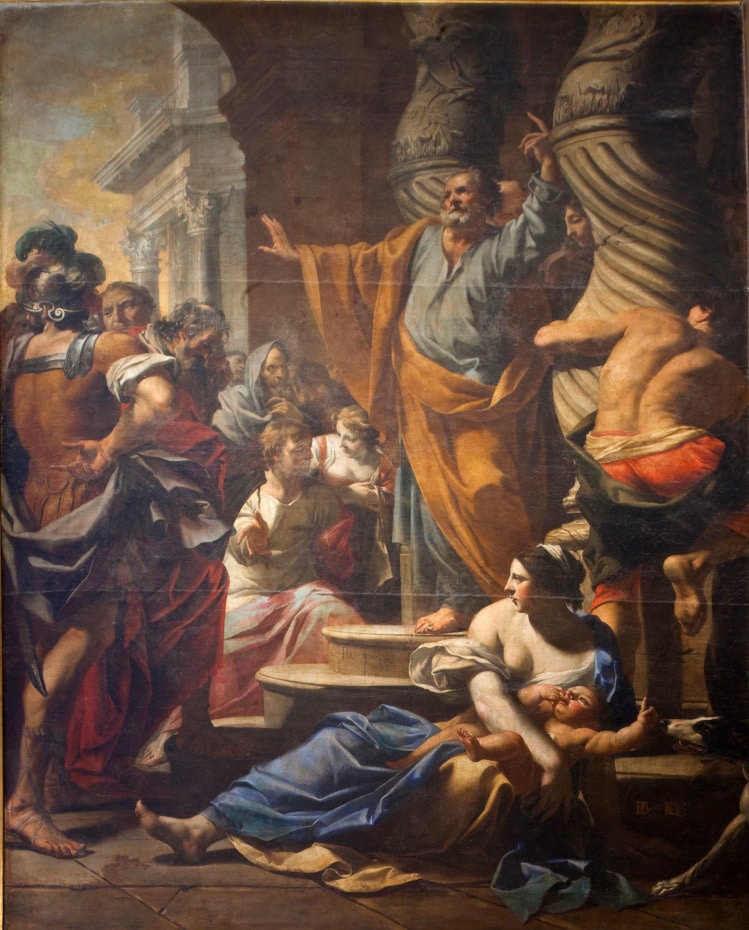Notre-Dame Cathedral's Flying Buttresses: A Testament to Gothic Ingenuity
The Notre-Dame Cathedral in Paris boasts numerous impressive architectural features, but the flying buttresses are especially captivating. These distinctive supports have come to symbolize Gothic architecture and are a testament to the creativity and expertise of the builders who designed and constructed the cathedral. We will explore the history, function, and significance of the flying buttresses at Notre-Dame Cathedral.
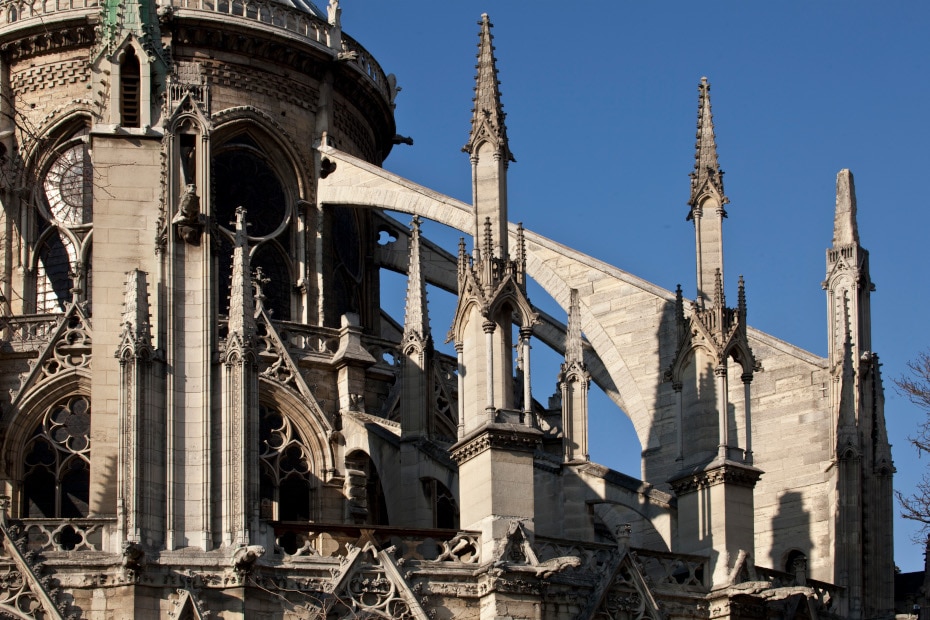
The emergence of the flying buttress can be linked to the early Gothic period in the 12th century. The necessity for additional structural reinforcement came about as architects began designing taller and more intricate churches with slimmer walls, larger windows, and expanded open space. While this shift in architectural style allowed for the creation of breathtaking interiors bathed in natural light, it also presented new challenges in supporting the immense weight of these structures.
The flying buttress provided an innovative solution to this issue, facilitating the effective distribution of the building's weight. These external supports consist of an angled beam, referred to as a buttress, extending from the upper section of a wall down to a pier or column. The buttress connects to the wall via an arch or series of arches, called flyers. This design enables the force exerted by the roof and walls to be transferred from the upper wall section to the ground through the buttresses, offering both vertical and lateral reinforcement.
Notre-Dame Cathedral's flying buttresses are particularly remarkable and serve as a prime example of Gothic engineering. A total of 28 flying buttresses encircle the cathedral's apse and choir, with an additional two at the transepts. The cathedral's initial flying buttresses were incorporated during the 13th century when the concept was still relatively novel.
The flying buttresses at Notre-Dame are not just functional, but also visually striking. They gracefully frame the cathedral's exterior and contribute to the overall design's sense of balance and harmony. Each buttress is adorned with intricate sculptures and ornamental detailing, including statues of saints, angels, and biblical figures. The artistic quality and craftsmanship of these decorative elements further accentuate the flying buttresses' visual appeal.
Throughout the centuries, the flying buttresses of Notre-Dame have experienced several modifications and restorations. In the 14th century, the original flying buttresses were fortified and expanded to provide increased support for the cathedral's walls, which had begun to display signs of stress. During the 19th-century restoration led by architect Eugène Viollet-le-Duc, numerous new flying buttresses were added to the nave and other cathedral sections to ensure structural stability.
Notre-Dame Cathedral's flying buttresses have proven their durability over time and even played a crucial role in the building's survival during the devastating fire in April 2019. The fire caused significant damage to the cathedral's roof and spire, but the flying buttresses remained mostly intact, helping to prevent the collapse of the entire structure. Since then, these remarkable supports have been a vital part of the ongoing restoration and reconstruction efforts.
In conclusion, the flying buttresses of Notre-Dame Cathedral not only exemplify Gothic architectural innovation but also bear witness to the skill and vision of the master builders who designed and constructed this extraordinary building. These supports provide essential structural stability while also adding a layer of beauty and harmony to the cathedral's overall design. As we continue to appreciate and preserve Notre-Dame Cathedral, the flying buttresses will remain an enduring symbol of its architectural brilliance and a reminder of the ingenuity that has allowed this magnificent structure to endure for centuries.
